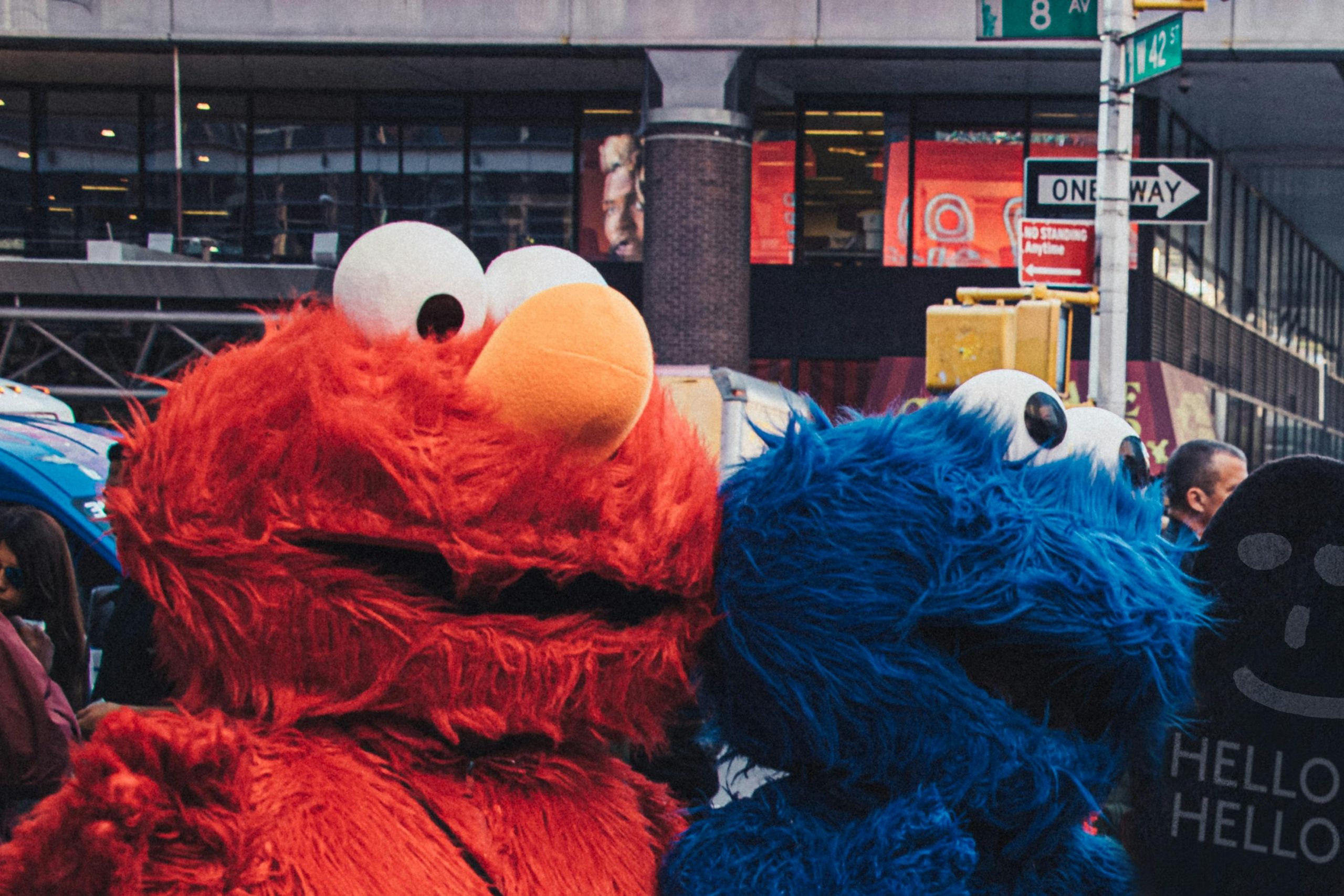The Dark Side of Popularity: Personal Stories of Bullying and Exclusion
The high school experience is often painted in vibrant colors; whirlwind romances, legendary prom nights, and unforgettable friendships. Yet, lurking beneath this seemingly idyllic facade is a darker narrative that many students face, especially those who find themselves outside the circle of popularity. One question opens the door to a range of emotions and experiences: “What’s the worst thing the popular kids did to you?” This question resonates with countless individuals who navigated the complexities of adolescence and highlight the toll that social hierarchies take on young lives.
Understanding Popularity Dynamics
Popularity in schools isn’t just about being well-known; it often encompasses a social structure where a select group wields significant influence over the broader student body. These “popular kids” can shape school culture, define social norms, and unfortunately, initiate behaviors that lead to ostracization, teasing, and bullying.
The experiences of those on the peripheries of popularity reveal profound insights into human behavior and the impact of social dynamics. Here, we explore various personal accounts to understand the worst of what the popular kids could do and the lessons learned from these unfortunate encounters.
Personal Accounts of Exclusion and Bullying
The Art of Exclusion
One of the most reported experiences is that of exclusion from social gatherings, such as lunch tables and parties. In many high schools, specific groups solidify their bonds by forming exclusive cliques, leaving others feeling isolated. One individual recounted the pain of walking into the cafeteria only to find that all the tables were occupied by groups laughing and chatting, leaving no room for them. This exclusion often stems from arbitrary social standards that dictate who is “worthy” of friendship.
Mockery and Name-Calling
Another significant aspect of the experience is the relentless mockery. Various stories convey scenarios where the popular kids would target unsuspecting classmates, turning their insecurities into jokes for a fun laugh among peers. One former student shared how they were humiliated during a talent show, with the popular kids throwing insults instead of applause. Such incidents not only harm self-esteem but can also leave long-lasting scars on an individual’s sense of identity.
Social Media Sabotage
In today’s digital age, acts of bullying and exclusion have migrated online, where social media is used as a weapon. A common narrative involves being tagged in mockery-laden posts or experiencing bullying through group chats. One individual described how a popular girl created a group
